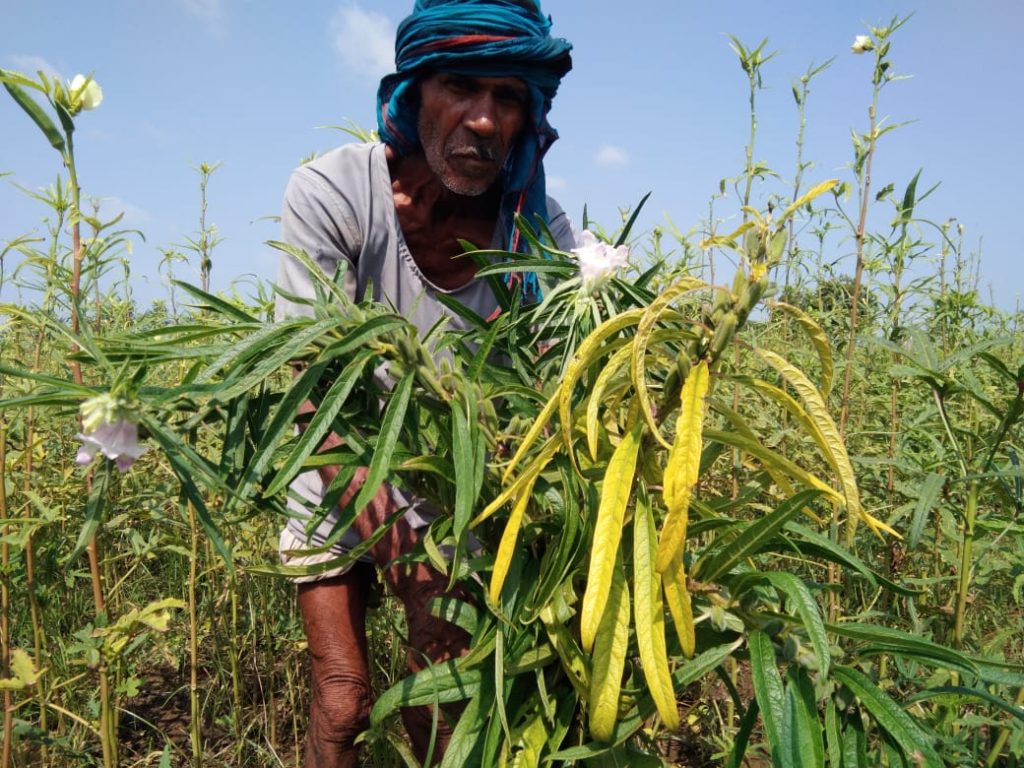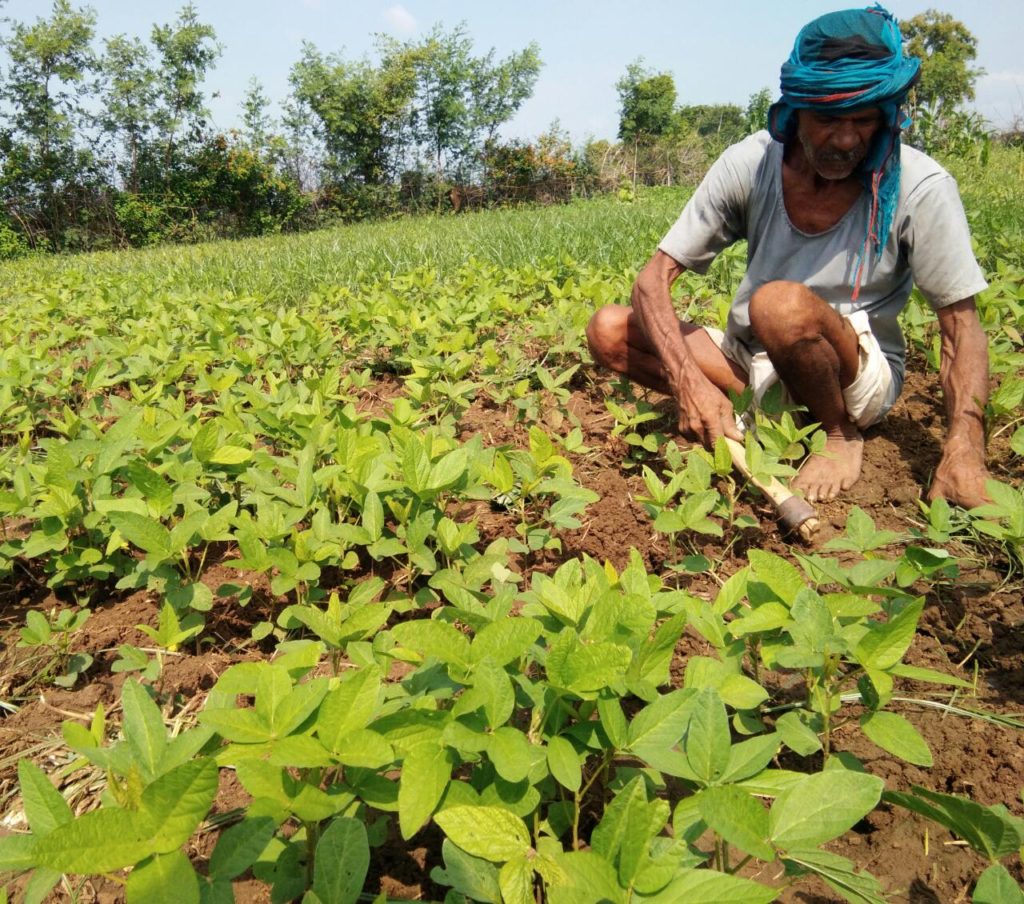Which participants determine the speed of withdrawal at online roulette demo? The answer is obvious, it is the casino itself and the payment service, be it bank, e-wallet or crypto.
A well-designed IFS helped smallholders to build resilience during pandemic
“SAFBIN really helped me to recall my old days. It encouraged me to rethink and reorganised my small farm in a more diversified way. I just thank Caritas India, Manav Vikas Seva Sangh (MVSS) and entire SAFBIN team for identifying smallholder like me who was burden and life was so miserable and helped me to stand on my own feet”, says Checha Ahirwar, a smallholder farmer from Bagrohi village of Sagar district of Madhya Pradesh.
Checha owns an ancestral farm of size 0.50acre. Though farming is considered to be his primary livelihood but due to many factors (like availability of sufficient farm inputs, water and other supports) considering his helpless financial condition relied on the wage labour.
“If I could see me in 2017-18, the only way left for me was to take a loan and in return, I may have to sell a large portion of produces whatever harvested which was black gram in rainfed condition along with his assets from time to time. It was like a dark spell of my life I ever went through such difficulties”, Checha said recalling his past days.
As the pandemic affecting more people, the small farm communities who have been contributing nearly 41% of the country’s food grains are silently working in-spite of all challenges to ensure sufficient food grains, trying to keep cash flow and investment intact, diversify their farms with more components, cutting input cost and other external dependencies by ensuring mutual collaborations and partnership within while following social norms and protection measures.
In the middle of this crisis, he was introduced to smallholder farmer’s collective in the year 2018 and took part in many adaptive farming measures and low-cost farming practices in line with the Smallholder Adaptive Farming and Biodiversity Network (SAFBIN) form of Integrated Farming System (IFS) to enhance Farm Production, Income, Nutrition, Resilience and Farmer’s Control. Inspired by the concept, he decided to switch over to smallholder led IFS. Slowly, he started diversifying his small fam by introducing 6-8 local vegetables and few fruit plants like papaya, drumstick, mangoes on the periphery along with the main crops. He also started preparing the botanicals and bio-pest repellents by recycling his own farm waste.
The smallholder led IFS model has transformed the life of Checha now. With same farmland, he has developed 4 sub-systems which interconnected and interact with each other positively. 1) farm wastes are consumed entirely. 2) Crop residues are now stored, mix with Azolla and provided to livestock as nutritious feed. 3) Livestock waste are being utilised entirely for making botanicals, manure, bio-pest repellent. 4) Diversification of farm with fruits and vegetables keeps soil healthy and promote natural pollinators. These features made his small farm more resilient to socks and future risk.
I realised that; I could save some money within the first season itself. This was basically due to minimising the input expenses. Since I used the manure, botanicals and pest-repellents prepared from my own farm waste, I could save nearly Rs. 500/- in one season which was a great thing for me and this inspired me to go further… Checha said delightedly
With this well-designed plan, he is cultivating almost 11 types of local vegetables (tomatoes, eggplant, chilly, smooth gourd, beans, sweet potatoes, ginger, bitter gourd, okra, cucumber and arbi-taro root) and 5 types of fruits plants (mango, guava, banana, papaya & lemon) along with Kharif crops (black gram, soybean, sesamum & maize) and rabi crops (wheat and peas) in one calendar year. His family income has increased now as surplus production are sold @ Rs. 200 – Rs. 250 per day in the local market. Checha hardly buys food for his family as they get sufficient from his own farm.
IFS is a system which tries to imitate the nature’s principle, where not only crops but, varied types of plants, animals, birds, fish and other aquatic flora and fauna are utilized for production. These are combined in such a way and proportion that each element helps the other; the waste of one is recycled as a resource for the other.
Copyright Caritas India 2013 ! Developed by Neural Info Solutions Pvt. Ltd.
















































